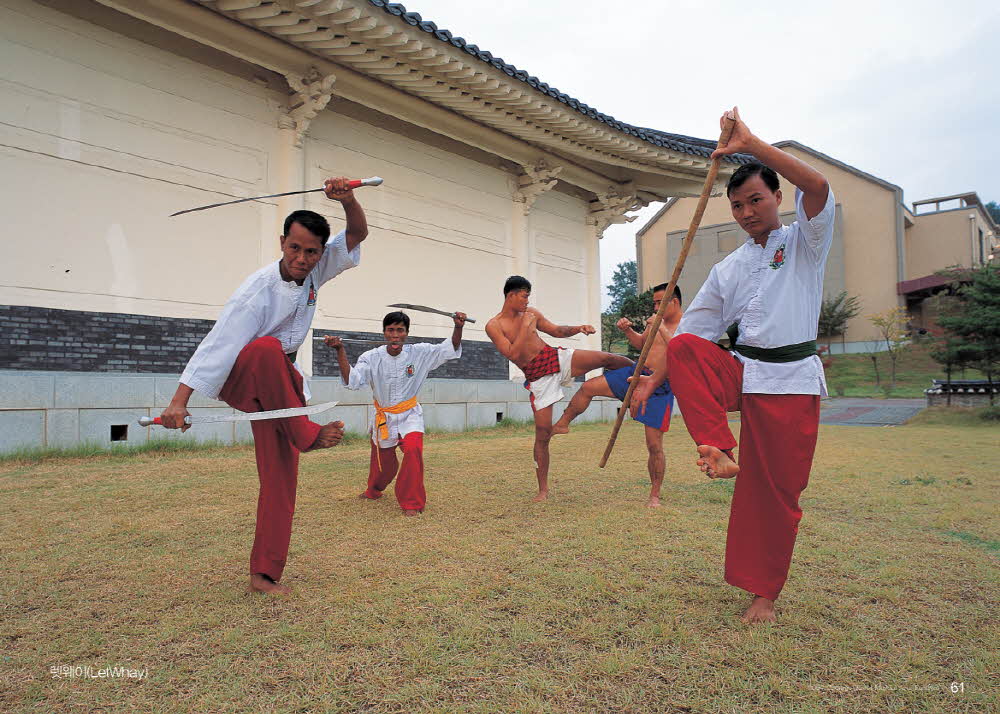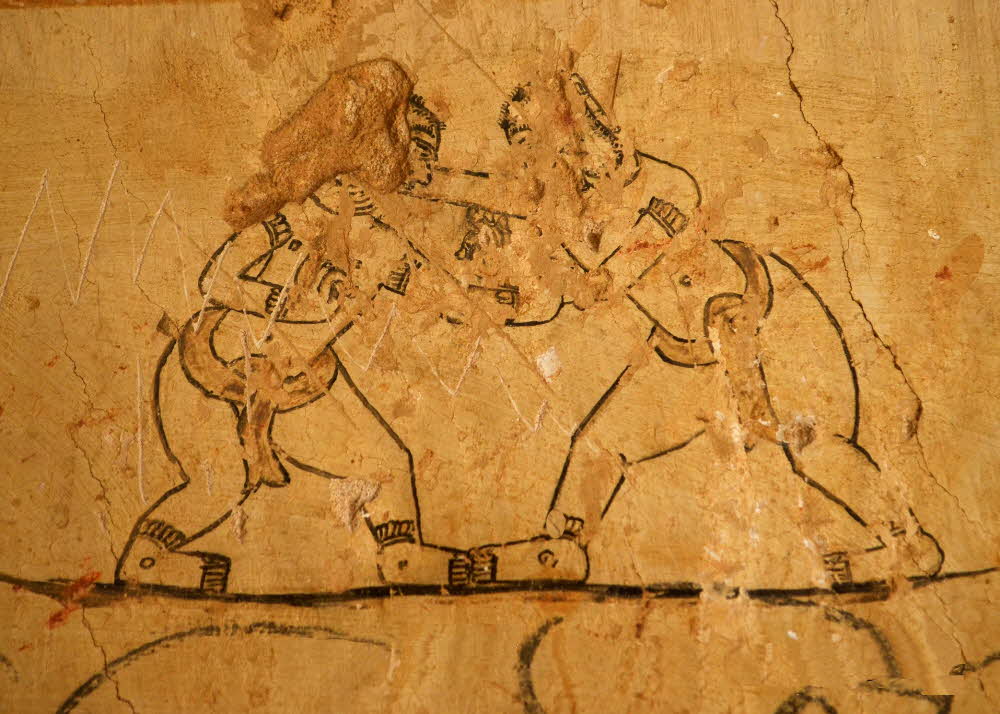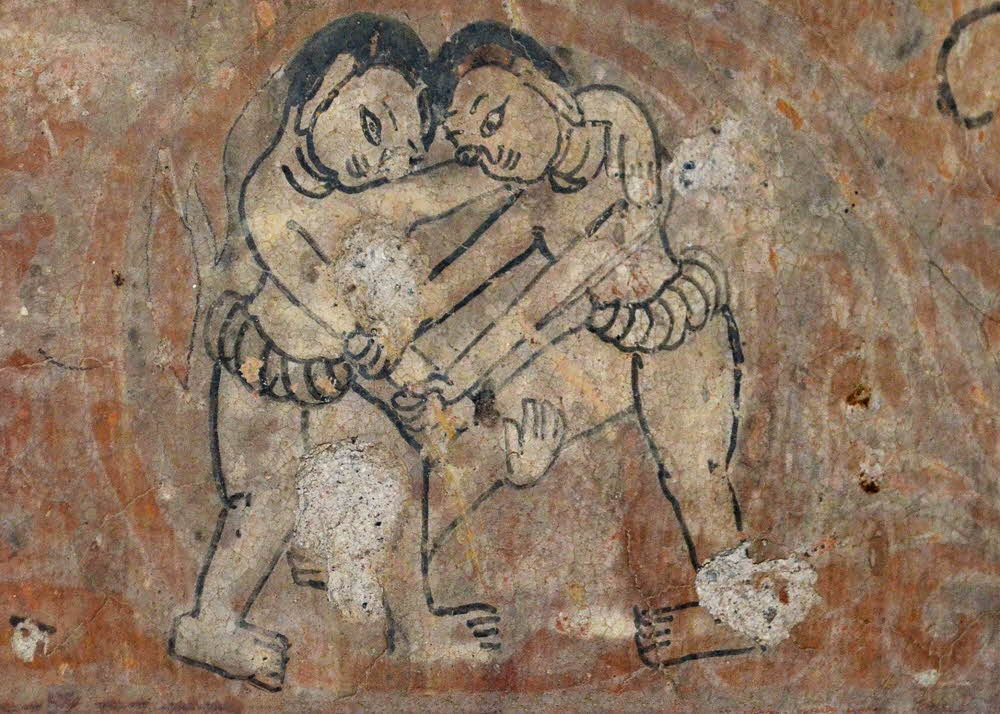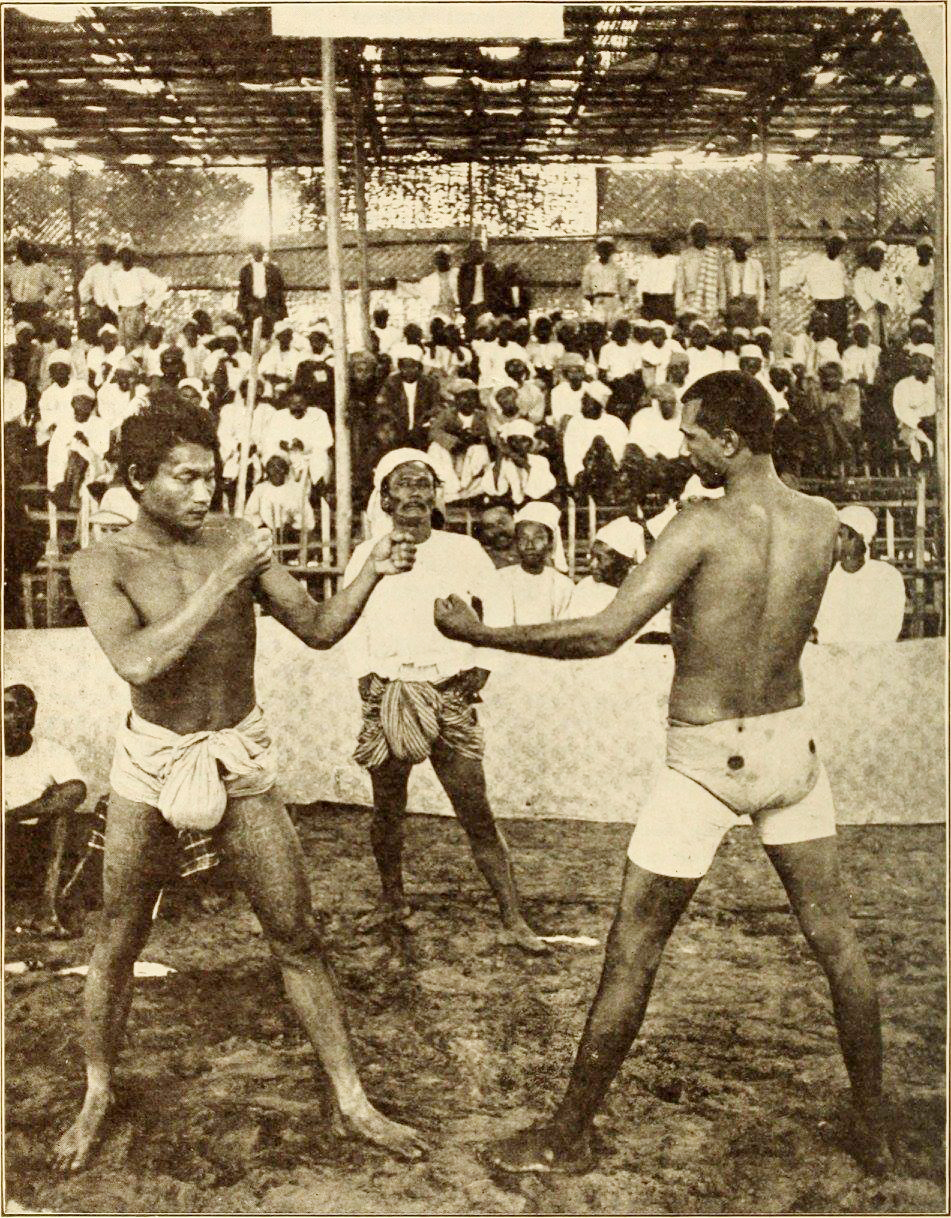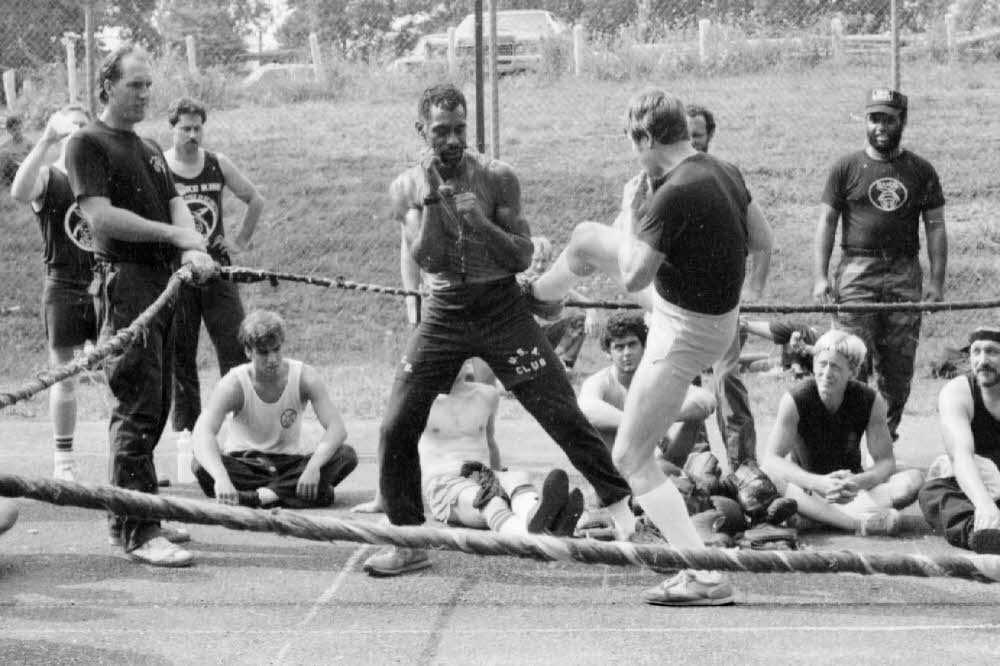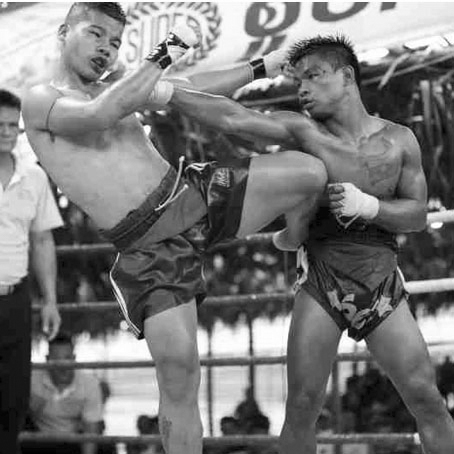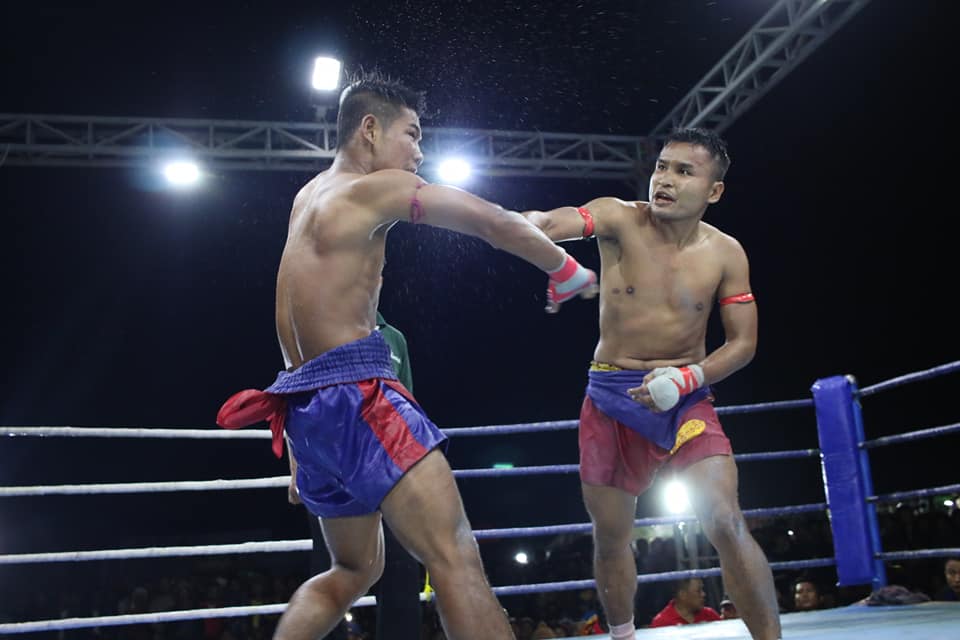asia | Lethwei
페이지 정보
작성자 WoMAU 작성일11-07-27 2,934회 댓글0건첨부파일
-
 Lethwei musical band - Credit - Lethwei America.bmp
Lethwei musical band - Credit - Lethwei America (1.8M)
14회 다운로드
DATE : 2020-11-09 15:29:14
Lethwei musical band - Credit - Lethwei America.bmp
Lethwei musical band - Credit - Lethwei America (1.8M)
14회 다운로드
DATE : 2020-11-09 15:29:14
-
 Two Lethwei fighters in action - Credit - Thut Ti Lethwei.bmp
Two Lethwei fighters in action - Credit - Thut Ti Lethwei (1.8M)
14회 다운로드
DATE : 2020-11-09 15:29:14
Two Lethwei fighters in action - Credit - Thut Ti Lethwei.bmp
Two Lethwei fighters in action - Credit - Thut Ti Lethwei (1.8M)
14회 다운로드
DATE : 2020-11-09 15:29:14
관련링크
본문
|
Lethwei |
|
Myanmar Traditional Boxing |
|
Member Organization(s) |
|
Introduction |
|
Martial arts traditions and fighting sports have always been an integral part of life in Myanmar (Burma). Lethwei, the art of bare-knuckle fighting is an age-old tradition that has been quietly maintained in rural villages throughout Myanmar for centuries. In ancient times, Lethwei was used as preparation for war and survival. It also served as a rite of passage for boys transitioning into adulthood. Hidden from the rest of the world for many years, Lethwei like Myanmar itself is experiencing a revival and rediscovery both at home and abroad. Lethwei is considered one of the most aggressive and powerful fighting arts in the world. Lethwei, known as the art of nine limbs, allows the use of fists, feet, elbows knees, and the head. In all other kickboxing styles, head butts are illegal, but Lethwei recognizes the head as essential to a complete and effective offense. |
|
History |
|
Among the Myanmar people, it is a widely accepted belief that Myanmar monks developed Lethwei around the 3rd century for discipline and self-defense. Inscriptions on temple walls in the ancient city of Bagan provide archaeological and historical evidence that establishes Lethwei around 800 A.D... Ancient royal chronicles and other written records show the sport of Lethwei became increasingly popular during the 10th century A.D. when the warrior King, Anawratha, defeated the neighboring territories. During the reigns of the Nyaungyan dynasty (16th century) and King Alaungpaya (18th century), Lethwei spread to Myanmar’s neighboring countries through the conquests of the neighboring kingdoms. From 1044 to 1885, highly skilled boxers were designated “Royal Boxers,” and their names were recorded on the royal treasury roles. Historically, there was no round system, time limits, or weight classes. Kicks, punches, elbows, knees, head butts, holds, and throws were permitted. Lethwei was banned by the British from 1886 until 1948. In spite of this, Lethwei and the other traditional Myanmar fighting arts did not disappear among the Myanmar people. Rather, Lethwei and other Myanmar fighting arts were maintained by concealing them as dances or cultural traditions during festivals, especially in the Shan and Karen States. Lethwei also remained an active sport in the rural villages where it was quietly propagated and kept alive. After World War II Lethwei began to see a steady revitalization. During this period of restoration and up to the present day, Lethwei has been able to maintain its traditions as well as offer adaptations to make it more commercially appealing. From its traditional practice with few rules in the dirt circles of rural villages to the more modern context in major cities with full-size rings, the practice of Lethwei has persevered. The sport got a modern update in the 1950s when boxer Kyar Ba Nyein formalized the rules and brought awareness of the sport to the contemporary stage. |
|
References |
|
Lethwei America and Dr. Patrick Finley “Lethwei: The Brutal Burmese Martial Art”. MMA Guru Steven Rae (13 March 2019). “Lethwei: Everything you need to know about Burmese bareknuckle boxing”. The Body Lock. World Martial Arts Museum. Chungju, Korea. ※ Advised by Win Zin Oo, the vice president of the Myanmar Traditional Lethwei Federation. |
댓글목록
등록된 댓글이 없습니다.



